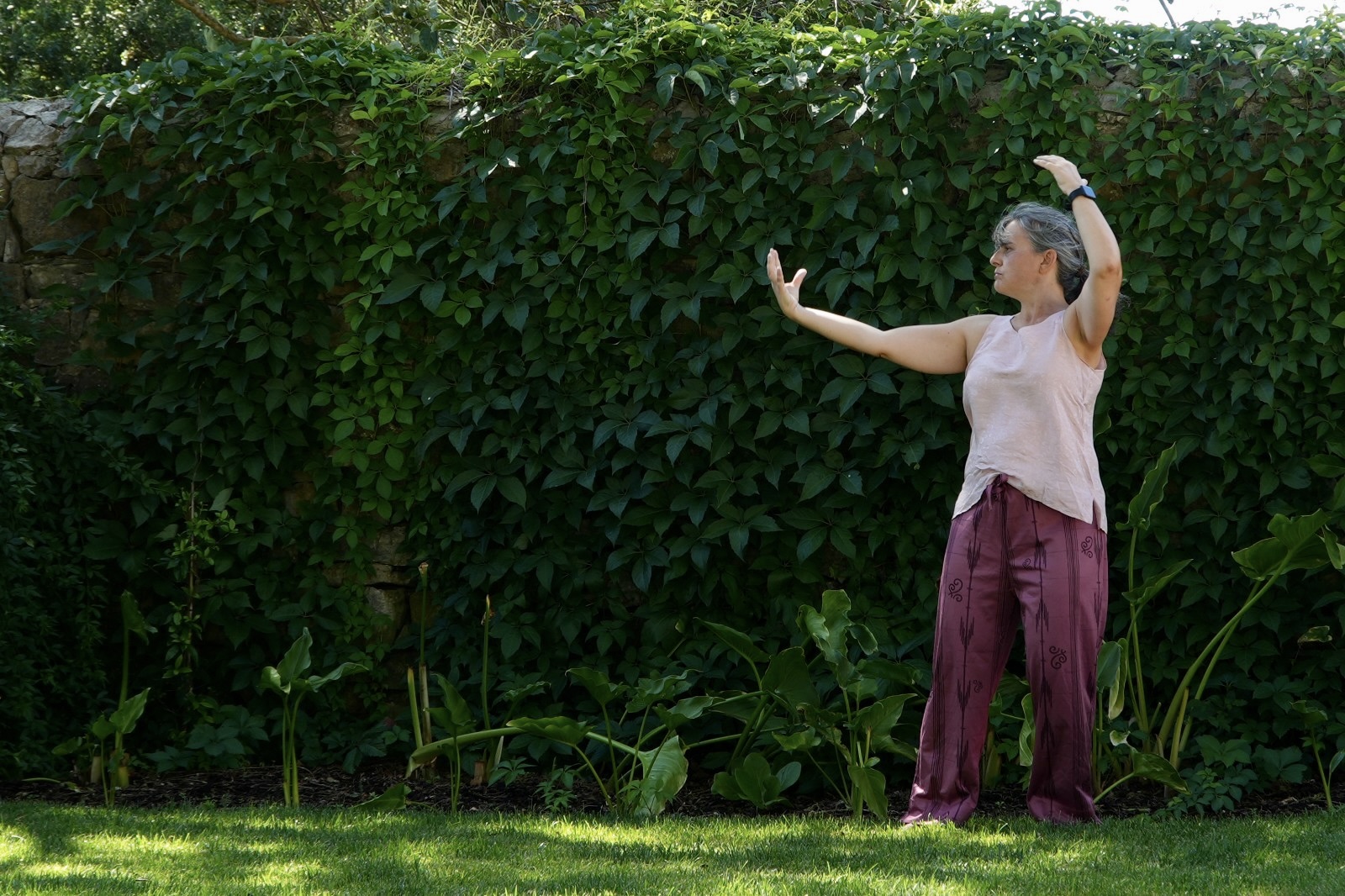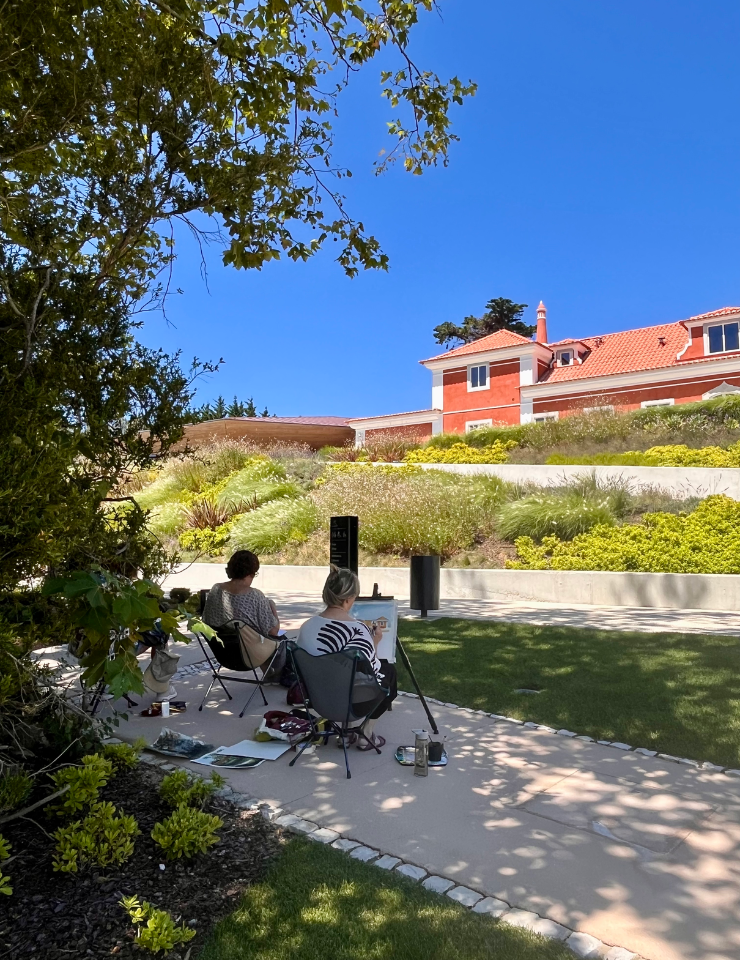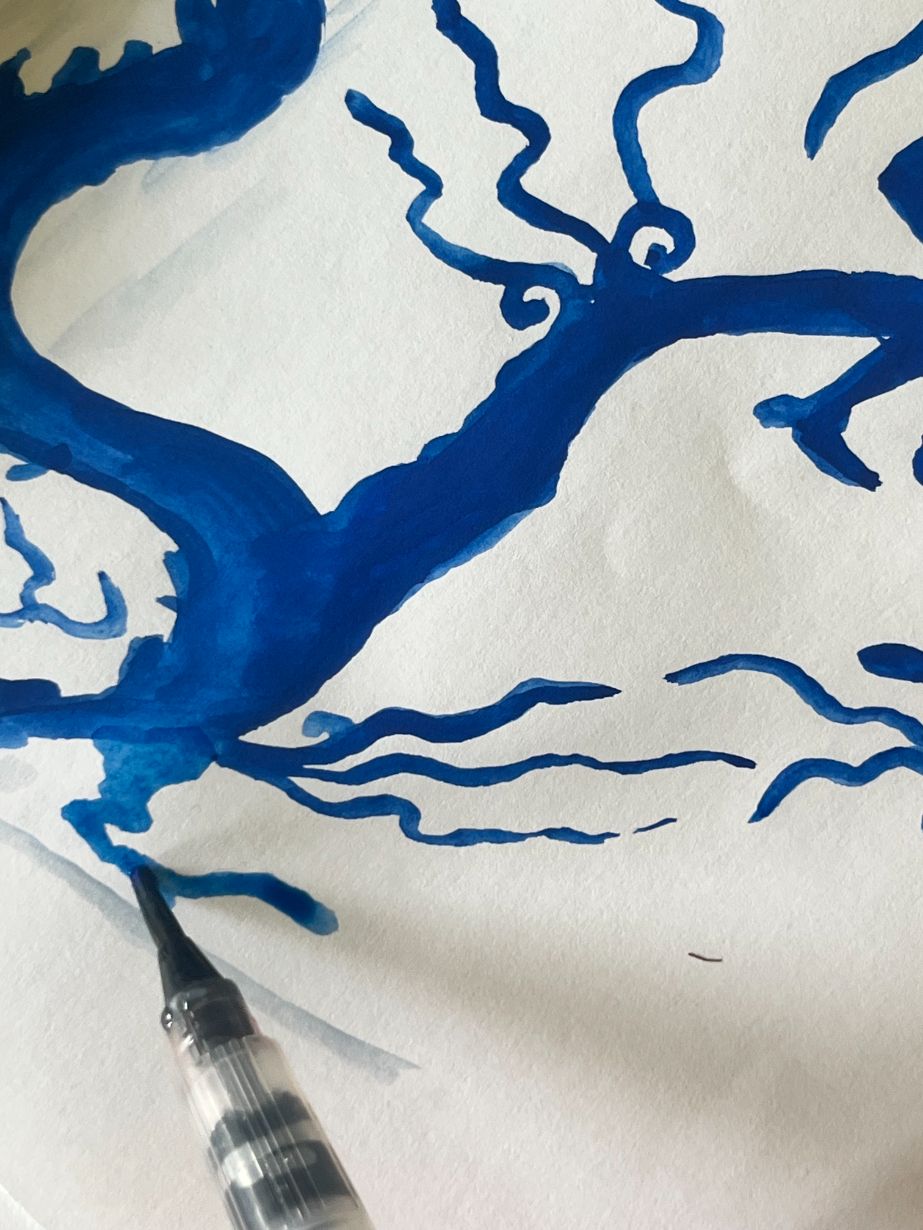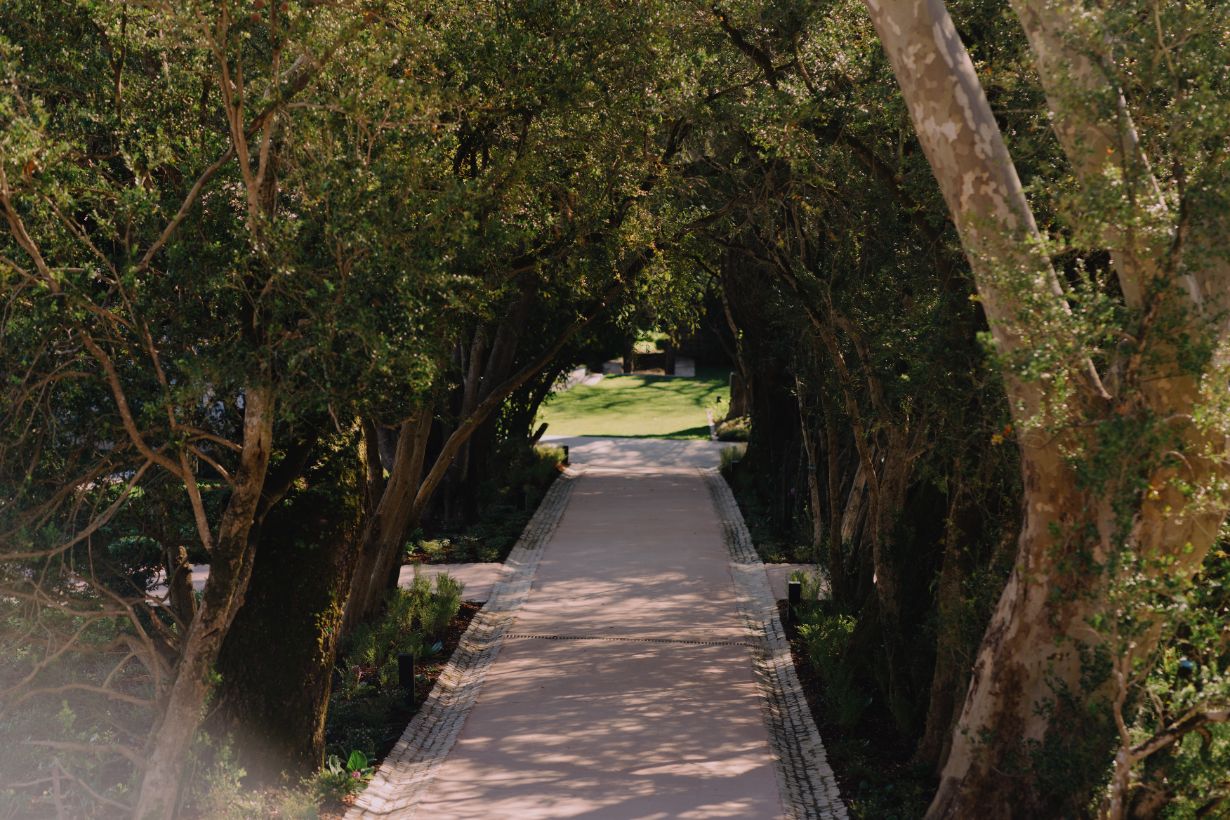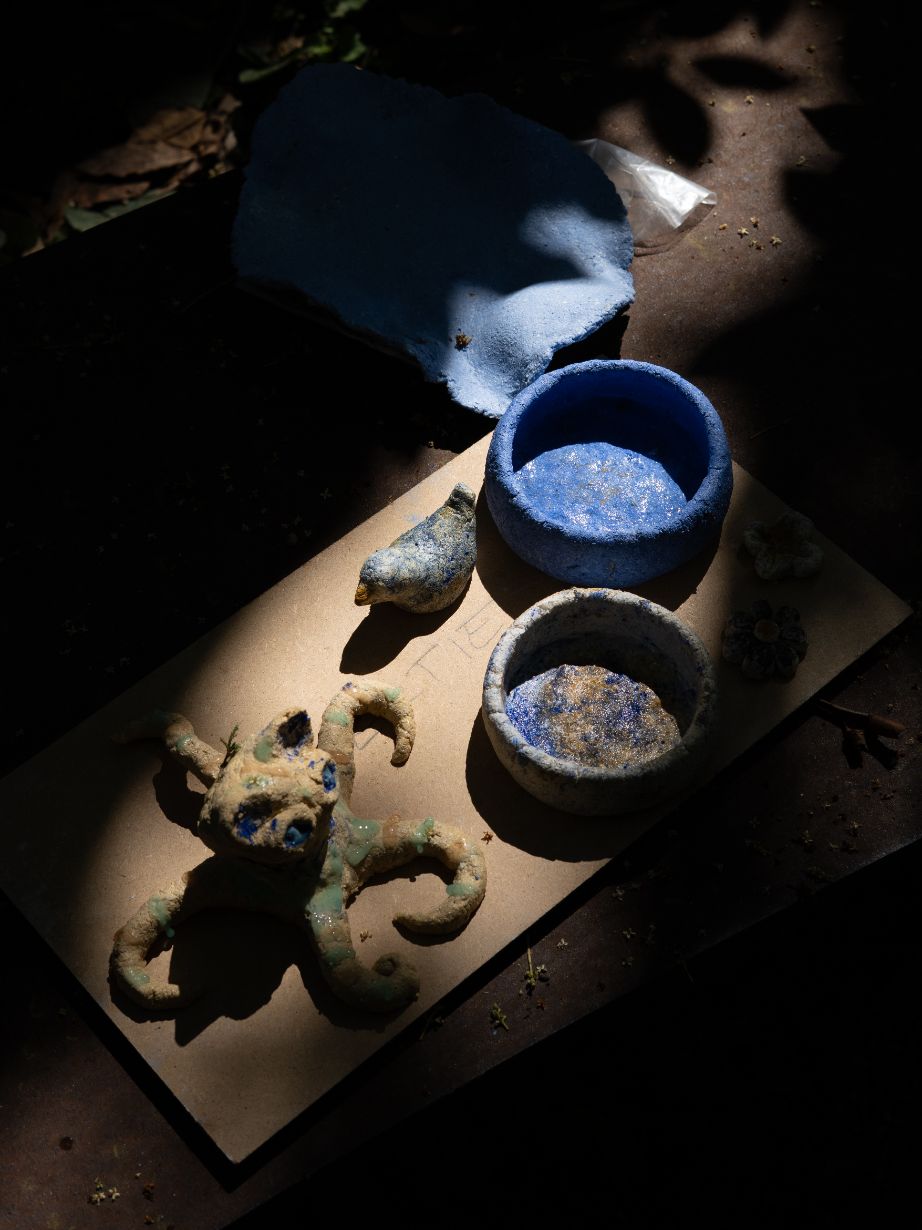Painting the Lord of Heaven
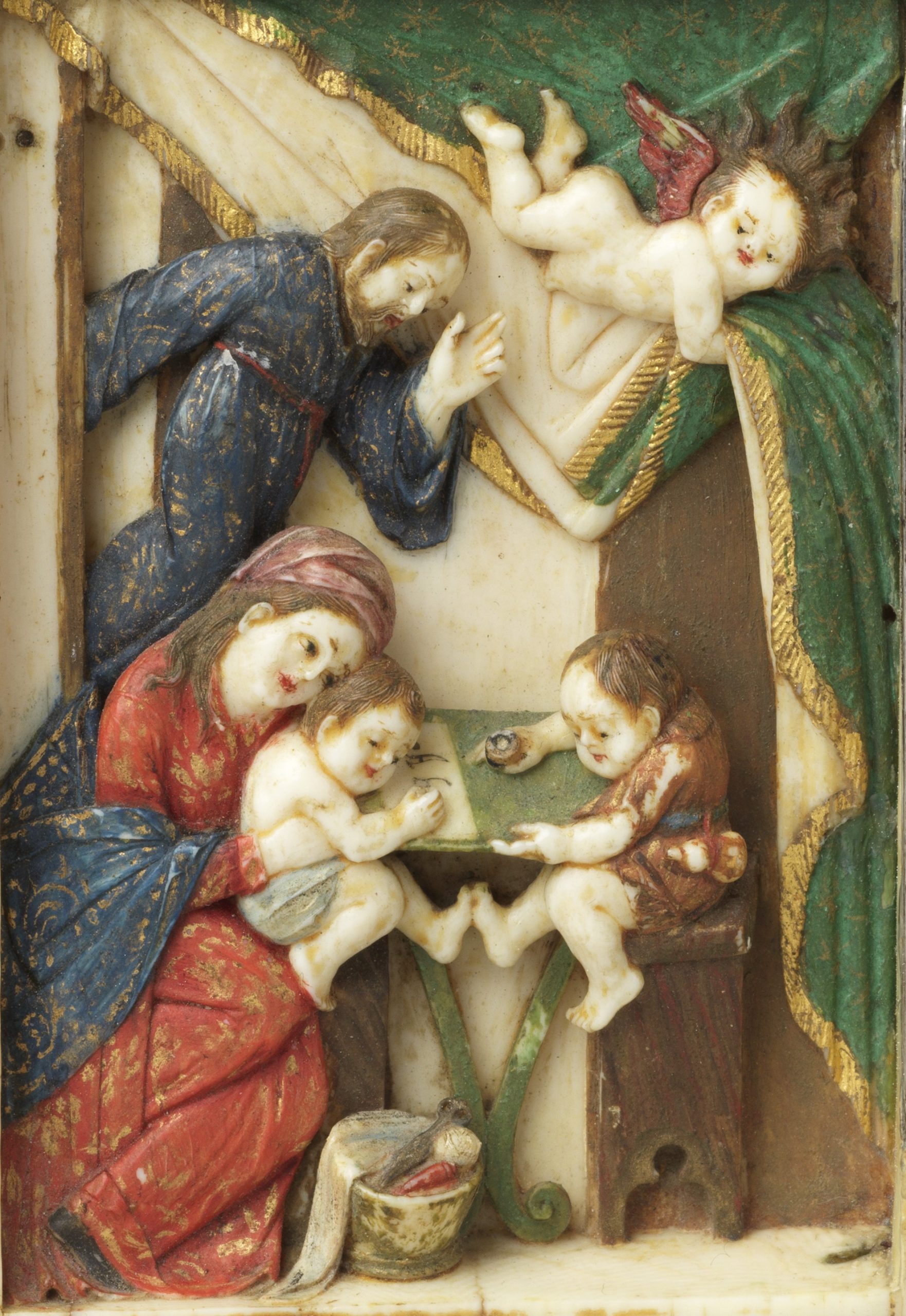
Navigating Chinese Catholic Art at the Albuquerque Foundation
A guest lecture by Antonio De Caro
In 1603, the Portuguese Jesuit missionary Fr. João da Rocha, S.J. (Luo Ruwang羅儒望, 1565–1623) accompanied a promising literatus, Xu Guangqi 徐光啟 (1562–1633), who failed the challenging imperial examination, to visit a church in Nanjing, China. There, Xu Guangqi remained silent in awe, looking devoutly at an image of Our Lady with Child. This visual encounter would then lead him to embrace the Catholic faith and be baptized under the name of Paul and eventually pass the examination. This life-changing encounter was an important step in an artistic and religious journey, which started already in the Middle Ages when Franciscan friars brought illustrated Catholic books to the Yuan empire.
From the late Ming dynasty, especially since the late 1580s, European Catholic images started to circulate widely across the Chinese empire. Chinese literati, fascinated by them, started to collect them, and Chinese Catholic believers started to use them for devotional and apotropaic purposes. At the same time, Chinese artists produced a novel form of Catholic art with Chinese features. The inception of Chinese Catholic art led to a vast production of objects destined for both Chinese and, later, European individuals.
This guest lecture centers on selected artworks from the Albuquerque Foundation, showcasing this marvelous journey and providing insights into their cross-cultural circulation. The lecture will also feature two unique Chinese Catholic artworks that have not been previously exhibited at the Foundation.
Schedule
30.08, 15:00
15€ (lecture + museum entrance)
About Antonio De Caro
Antonio De Caro (PhD, Hong Kong Baptist University) is Postdoctoral Research Fellow in the Department of Art History, University of Zürich, where he is pursuing research on the representations of St. Francis Xavier in Asia, especially iconographies of his death on the island of Shangchuan, for the Global Economies of Salvation. Art and the Negotiation of Sanctity in the Early Modern Period (GLOBECOSAL) project. He is also an honorary Research Fellow at SOAS, University of London, collaborating with the staff of the Department of History.
After pursuing his doctoral studies in Hong Kong, Dr. De Caro has been a postdoctoral fellow and Assistant Professor at Masaryk University in Brno, Czech Republic. Subsequently, he has been a postdoctoral fellow at the University of Turin, in Italy, and a visiting fellow at the University of Edinburgh, in Scotland, U.K., and the University of Hong Kong. His monograph, Angelo Zottoli. A Jesuit missionary in China (1848–1902), appeared in 2022.
He recently authored several articles including: “(Re-) producing Conversion from Rome to Beijing. Stories Related to Replicas of the Salus Populi Romani in the Late-sixteenth Century” (Convivium 2021), “From the Altar to the Household. The Challenging Popularization of Christian Devotional Images, Objects, and Symbols in 16th and 17th Century China” (Eikon Imago 2022) and “Taming the Fascist Dragon: Pasquale D’Elia, S.J. and Early Modern Chinese Christian Art” in Palimpsests of Religious Encounter in Asia, 1500–1800, edited by Mia M. Mochizuki and Ines Županov, Intersections: Interdisciplinary Studies in Early Modern Culture series (Boston: Brill, 2025).
His interests lie in the history of Christianity in China, including cross-cultural Sino-European exchanges and the popularisation, diffusion, and reception of Catholic art during the early modern and modern periods.

